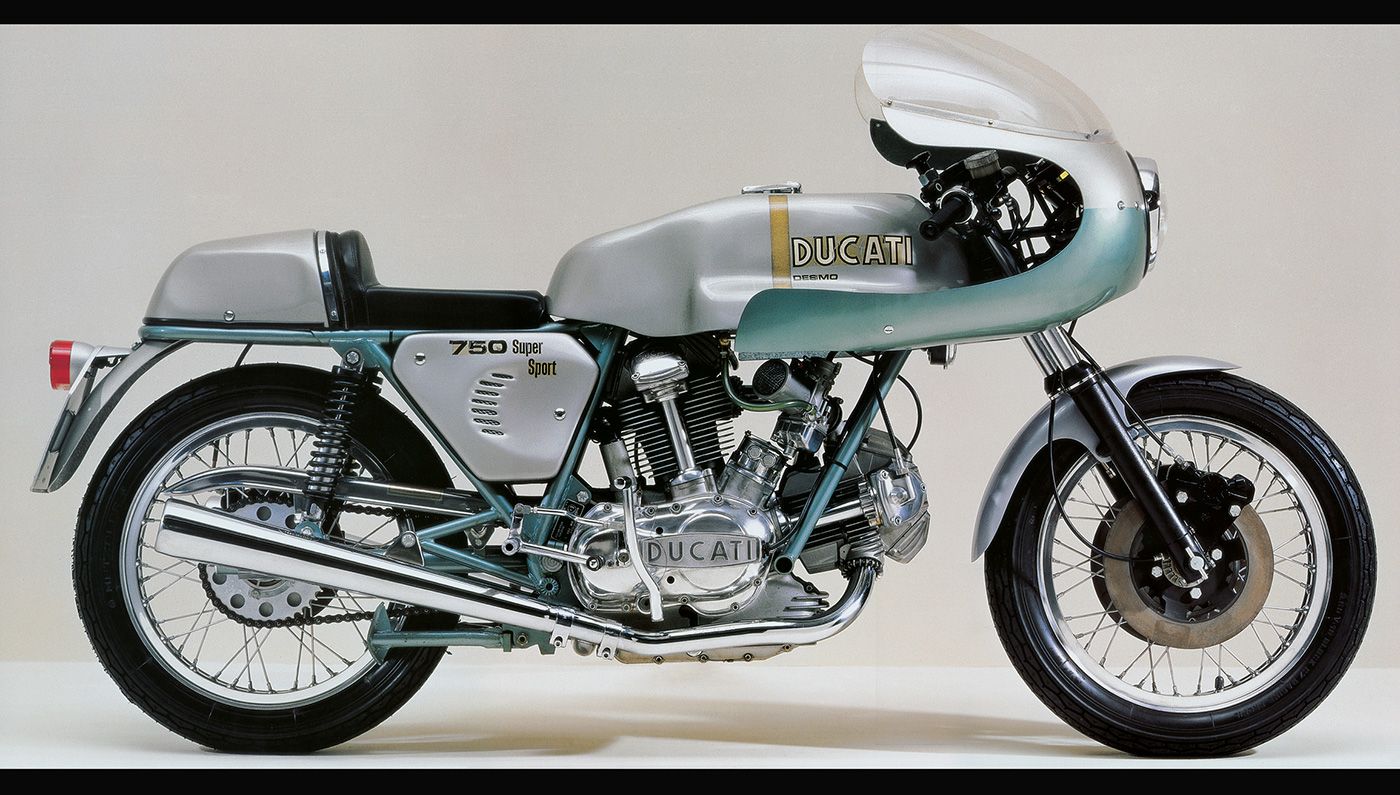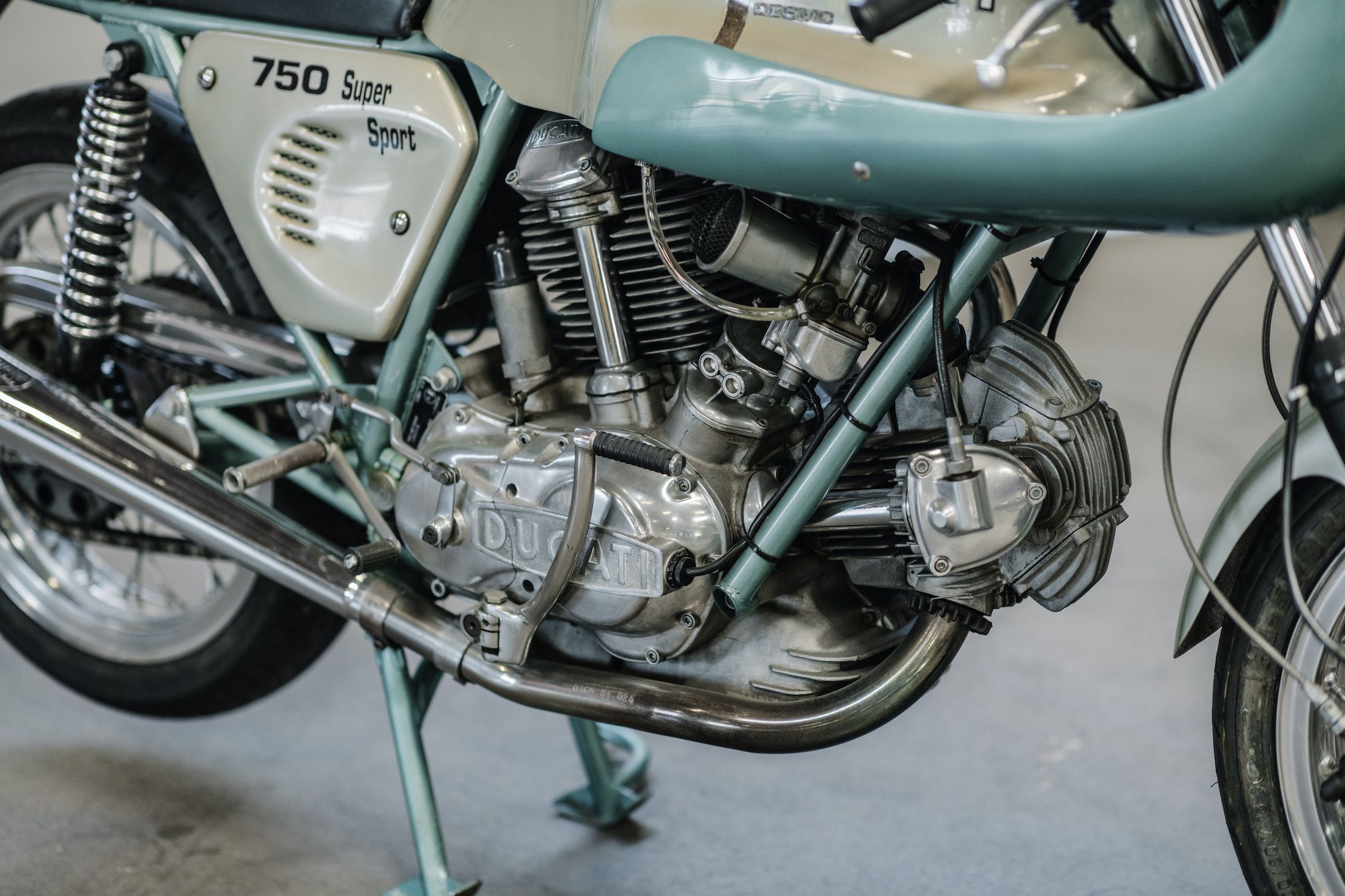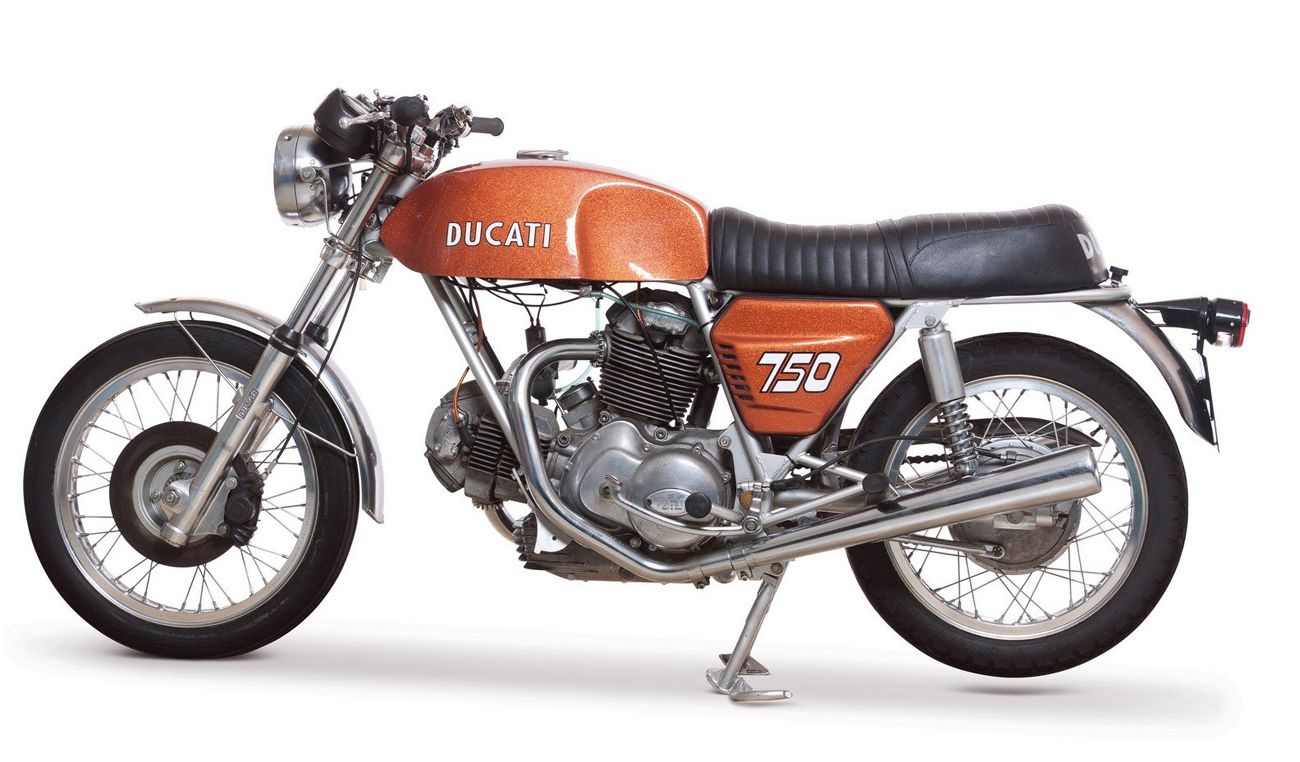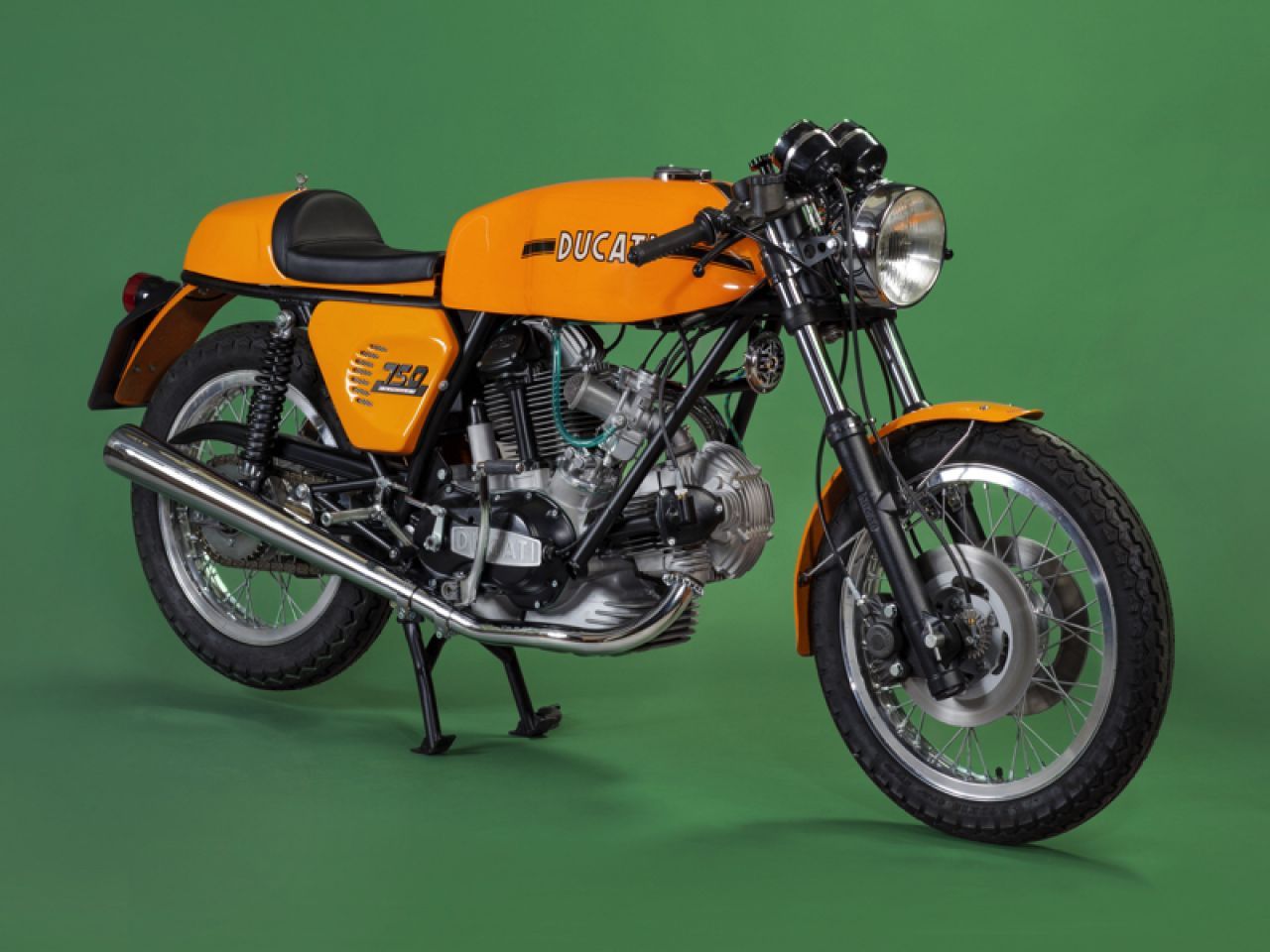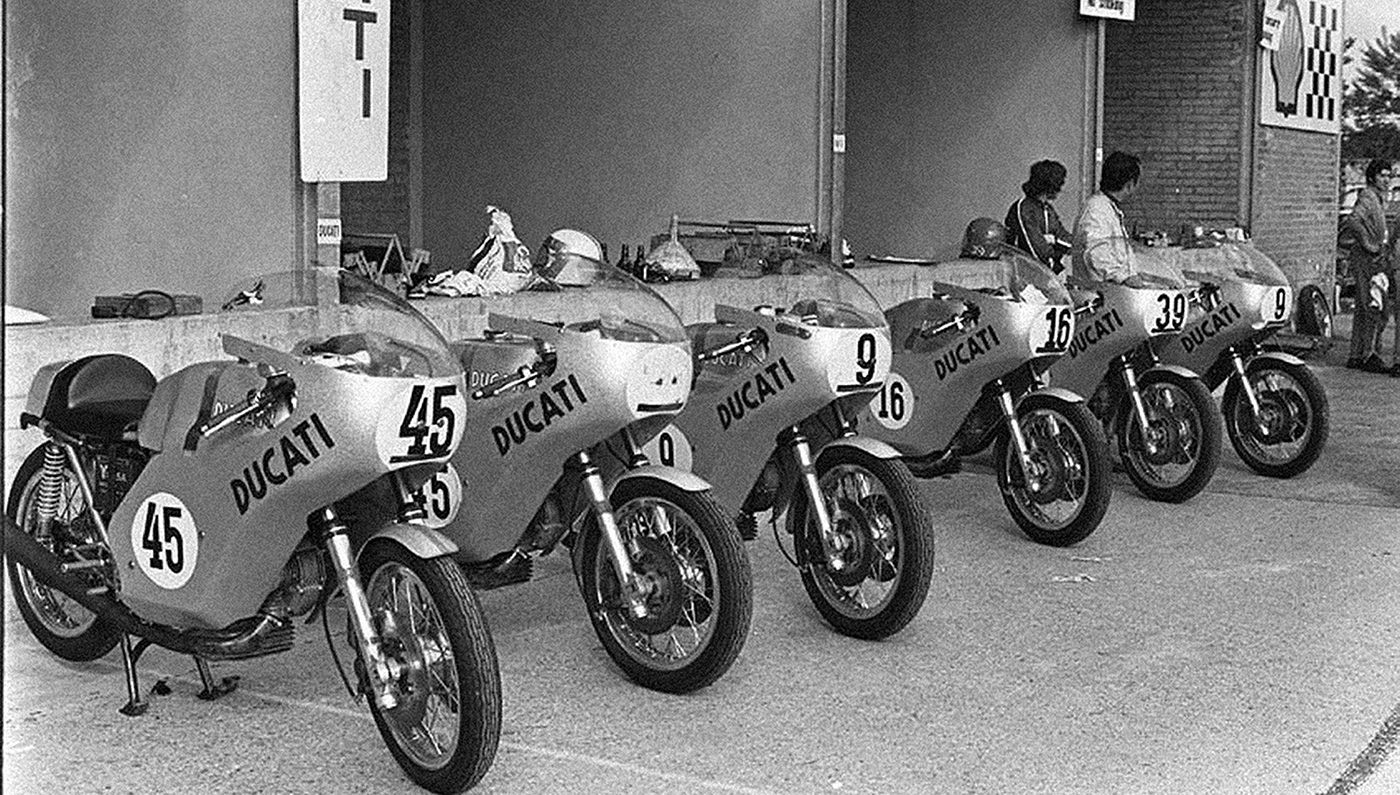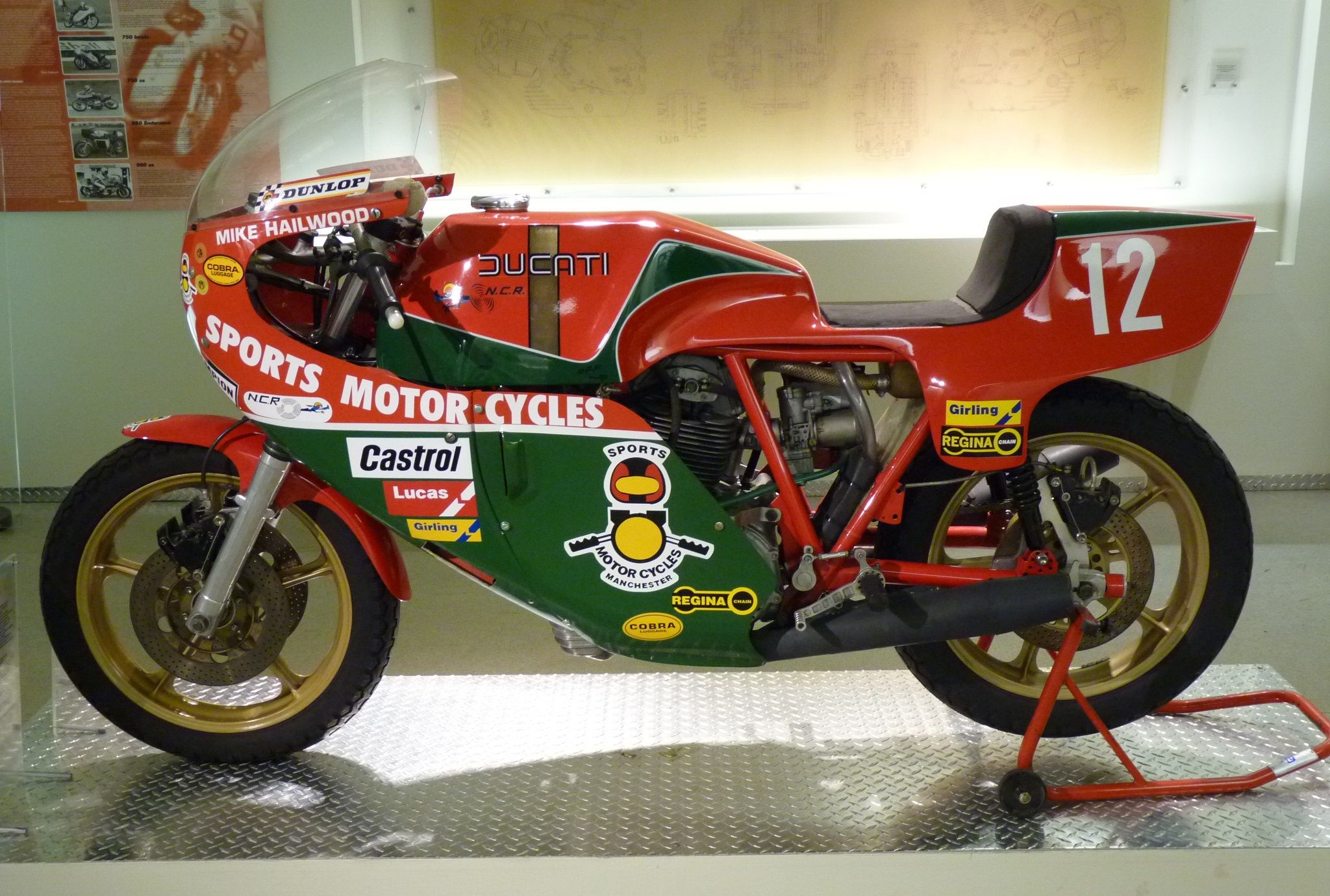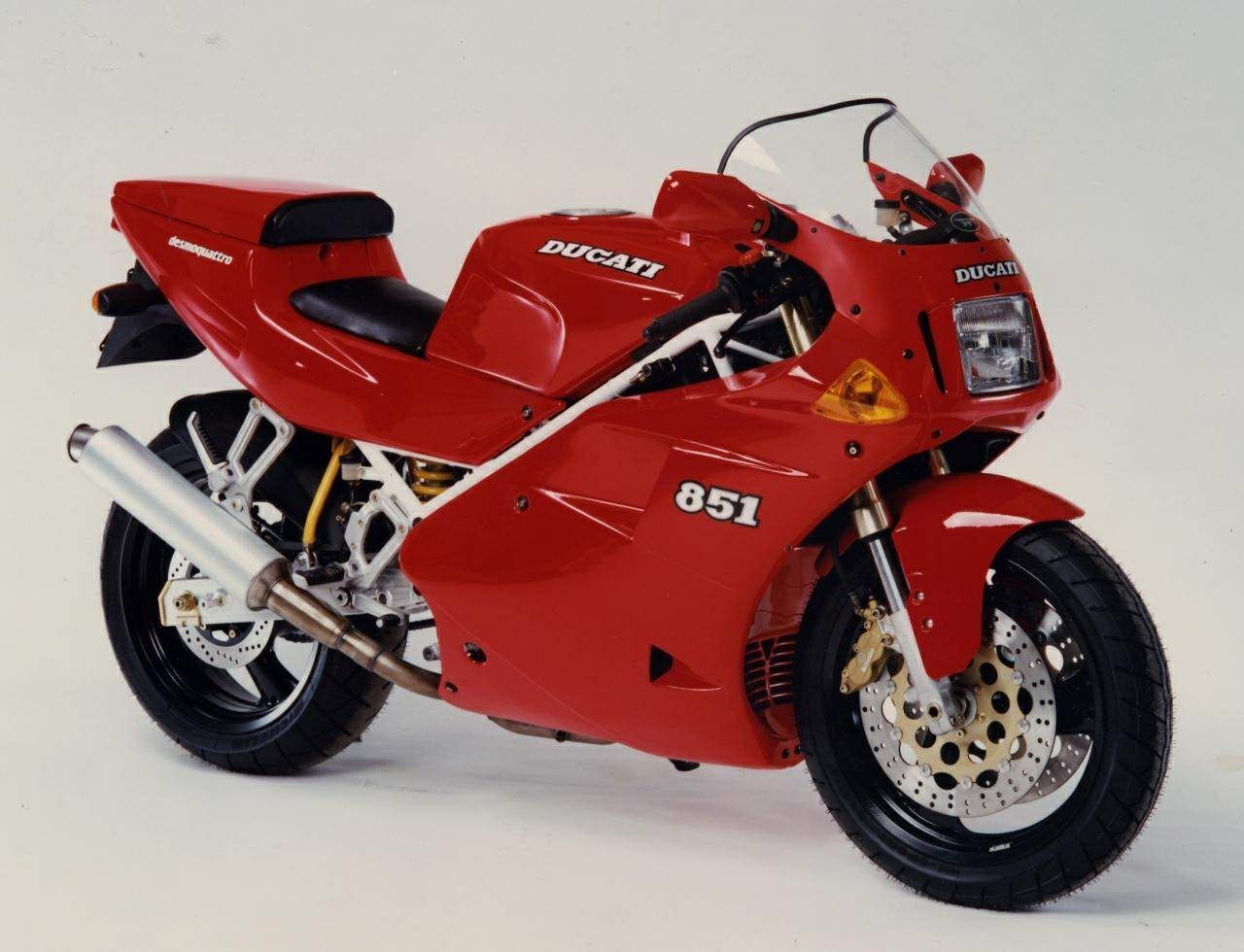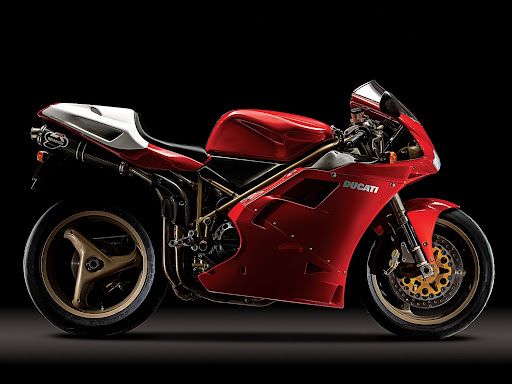The most important model in Ducati's history? Of course, it must be the 916. Or the 851? Actually, no. Without the bike we're thinking of, neither of those would even exist and neither would Ducati in all likelihood.
The Most Important Ducati Ever
For a company that started by making radios and radio components, Ducati has become rather better known for its motorcycles. More particularly, for its v-twin motorcycles.
After the war and looking at a factory that had been bombed almost out of existence by the allies, Ducati faced a bleak future. In line with other Italian manufacturers such as Piaggio, Ducati's owners saw, in the need for cheap transport to get the country going again after the ravages of war, an opportunity to keep the workforce employed and to rebuild the company.
Using a proprietary engine of 48cc, the first Ducati Cucciolo (Italian for puppy) appeared in 1950. From there, the company was able to re-build and, into the 1960s, was producing a range of impressive, desmodromic-valved singles of up to 450cc capacity.
Into the 1970s and the large-capacity motorbike was becoming more and more popular, after the launch of the 750cc Honda and Triumph's Trident 750. Engineer Fabio Taglioni grafted a second 350cc cylinder onto an existing 350cc engine and crankcase and, hey presto, a 90 ° V-twin was formed.
The first bike to get the engine was the 750GT in 1971 and then there was the 750 Sport in 1972. But it was one race that would cement the Ducati name in the annals of history once and for all and which would be the basis of the Ducati legend, paving the way for everything that was to come.
In order to publicise the new v-twin models, Ducati decided to enter the inaugural Imola 200 mile race in 1972. The race was designed to rival the Daytona 200 race in America ad a 750GT was prepared, complete with fairing and see-through strip on the tank so the fuel level could be seen. British rider Paul Smart only agreed to ride the bike after being convinced by his wife - and Barry Sheene’s sister - Maggie.
Smart took a famous win, beating MV Agusta in the process. To cash in on the success, Ducati introduced a production replica, the 750SS, or Super Sport, in 1973. It was initially intended to be a limited production model but it was such a success, it went into full production in 1974.
Without that bike, Ducati as we know it wouldn't exist today. Without the racing success of that first race bike, would Ducati have taken racing seriously in the future? Without the 750SS, there would not have been the 900SS, the 851, the 888, the 916, 998, 999, Panigale. No massive racing success in world superbikes or MotoGP. No glorious, thunderous, fast, red, sexy Italian bikes that would adorn the walls of a million young boys' bedrooms. No successful Mike Hailwood comeback in 1978. No Carl Fogarty, Troy Corser or Troy Bayliss in World Superbikes. No Casey Stoner title in MotoGP, no Dovizioso sticking it up the inside of Marc Marquez at the last corner to take the win more than once.
Think how dull life would be without Ducati in it?
That's why the 750 Super Sport is the most important Ducati.

